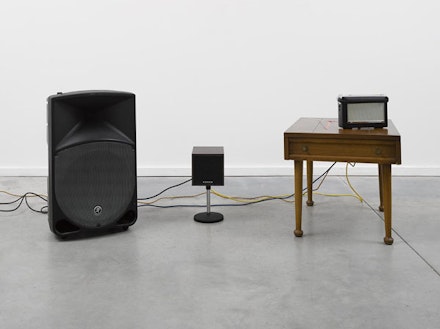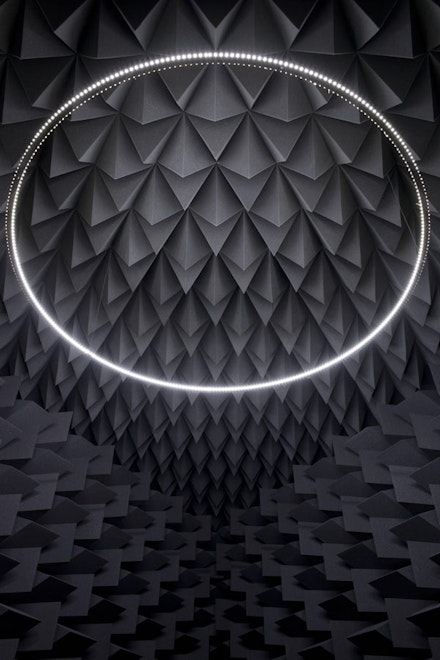HAROON MIRZA (born 1977, London) is a British artist. Mirza combines a variety of readymade and time-based material to create audio compositions, which are often realized as site-specific installations. In doing so, Mirza complicates the distinctions between noise, sound, and music, and alters the function and meaning of everyday objects and socio-cultural constructs. Recent awards include the Nam June Paik Award 2015, and the Zurich Art Prize 2014. He is represented by Lisson Gallery, London.
What new or old tools are you
attached to in your art practice?

There are so many different types of tools an artist can use, from conceptual and theoretical ones—or maybe language itself—to literal tools such as brushes and screwdrivers. For me though, the two things that have been fundamental throughout my work for the last 10 or so years are the soldering iron and the writings of Marshall McLuhan—someone who would have a lot to say about language being a tool or rather a technology.
What tools have you rejected?
Paint brushes. Although they are still useful from time to time. Max/MSP and DMX are both systems that would be obvious tools for the kind of work I make but I find that they bypass a whole area of production process that I find interesting.
What have the tools
done to your art?
Facilitated its formation.
